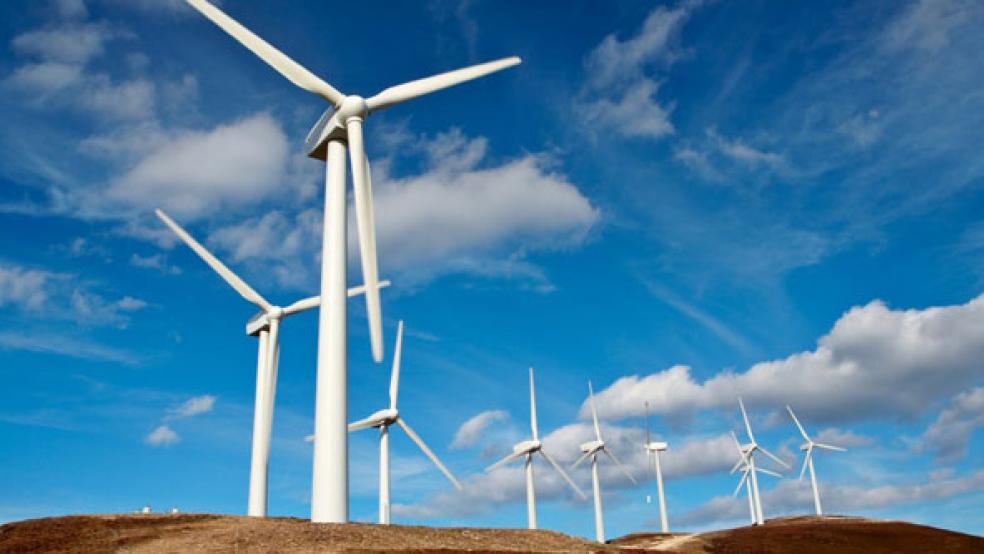Economic stagnation on a global scale is a growing threat, according to a new report from the Organization for Economic Co-operation and Development (OECD).
The group’s November economic outlook projects worldwide GDP growth of 2.9% in 2020, the weakest rate of growth since the financial crisis. Growth is not expected to exceed 3.0% for several years after that, held back by uncertainty in the private sector and fundamental structural changes in the global economy. Together, these factors make for a “worrying” trend that will be hard to reverse without well-designed interventions by policymakers, the group said.
“Unless bold action is taken by governments now, sluggish activity will become entrenched, threatening jobs and living standards for years to come,” said Laurence Boone, chief economist of the OECD.
Rising uncertainty: Global trade is stagnating, the group says, driven by the burgeoning trade war between the U.S and China, as well as other, smaller regional conflicts. Unresolved trade disputes are creating significant uncertainty for businesses, weighing on investment decisions in the private sector.
Deeper structural trends: “Slow growth is becoming entrenched for structural rather than cyclical reasons,” the report says. The structural factors include the gradual slowing of China’s growth as the country begins to emphasize consumption and services over manufacturing; digitalization of the economy; population aging; and the growing cost of climate change.
The limits of monetary policy: Central banks have cut interest rates to address the threat of slowing growth, but the positive effects may be limited due to the low-interest environment that has taken hold across the developed economies. As a result, “fiscal policy needs to be used more actively to support near-term demand and enhance medium-term prospects by taking advantage of exceptionally low interest rates to invest in infrastructure and other measures.”
A major role for government: The OECD sees public investments in 21st century infrastructure as a key factor in raising the growth trajectory in developed nations and worldwide. Targeted public investment would stimulate private sector investment and innovation, providing a foundation for higher growth levels in the long run. Key investment targets include physical and digital infrastructure, and technologies associated with the transition away from fossil fuels. Greater global cooperation on trade agreements and tax monitoring would also go a long way toward restoring confidence and certainty in the private economy, raising the prospects for growth.
The political challenge is considerable, though, requiring governments to focus on sectors with the highest returns; competent management with transparent monitoring; and long-term, though not-open ended, financial commitments to ensure that projects are completed.
The case of the U.S.: Although the U.S. economy is in relatively good shape compared to the rest of the 36 OECD nations, growth is slowing and the trade war with China is clearly taking a toll on business investment. Further, persistently high deficits and growing debt will likely make it more difficult for the U.S. to embrace the kind of fiscal stimulus that would benefit the economy in the long run, the OECD says. The group recommends focusing on reducing conflict with trade partners to enhance economic growth while building up fiscal buffers to reduce the risks associated with a significant slowdown. Even so, the threat of stagnation driven by demographics and trade wars is significant, potentially made worse by the fiscal constraints imposed by high deficits.
The bottom line: The OECD is calling for levels of activity and coordination within and between developed nations that are well beyond current standards. The alternative, however, is years of lackluster growth, the group says. “There is a unique window of opportunity to avoid a stagnation that would harm most people: restore certainty and invest for the benefit of all,” said Boone, the chief economist.




